Ready to Depart
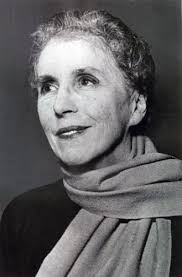
The Karen Blixen Museum (opened in 1986)
Nairobi, Kenya
“I had a farm in Africa, at the foot of the Ngong Hills…” are the opening words of Karen Blixen’s memoir of her seventeen-year sojourn in Nairobi. Visiting her former home, now the Karen Blixen Museum, is to return to a yesterday where the “The Dark Continent,” then the domain of British East Africa, was the paradise-playground of rich Europeans.
The Past
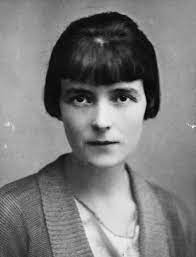
“Never relight a dead cigarette or an old passion.”
–Katherine Mansfield
Katherine Mansfield House & Garden (opened 1988)
Wellington, New Zealand
The possessors of sphinxlike personalities prove challenging subjects for their biographers who must strip off various masks. Katherine Mansfield, in her journal, paraphrased Polonius’ words from Shakespeare’s play The Tragedy of Hamlet, “True to oneself Which self?” To best understand the New Zealand enigma, journey to the landscape of her childhood: the Katherine Mansfield House & Garden.
Of Their Number
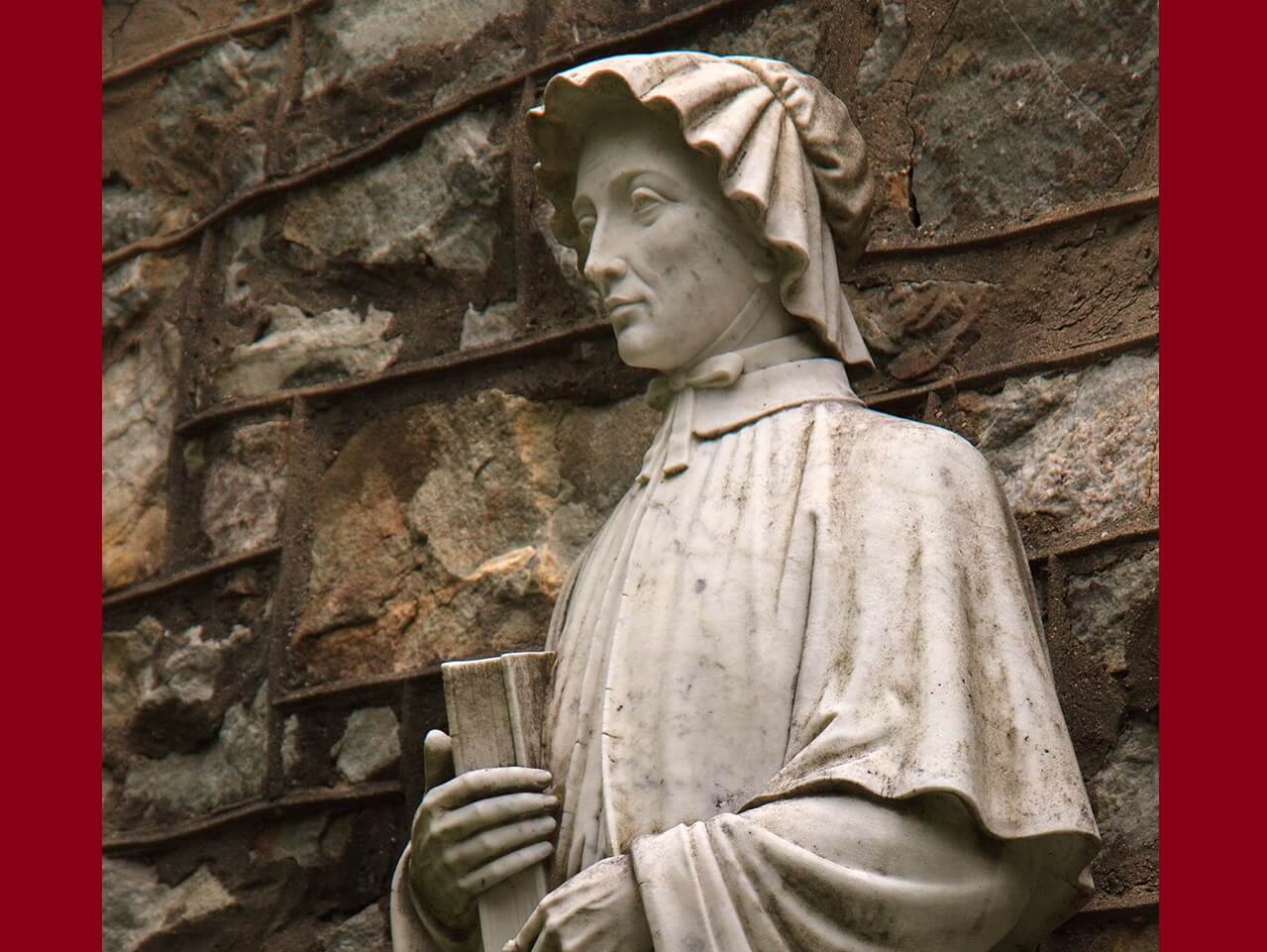
“Afflictions are the steps to heaven.”
–Mother Elizabeth Ann Seton
The National Shrine of Saint Elizabeth Ann Seton (opened 1965)
Emmitsburg, Maryland
A Negro spiritual, popularized by Louis Armstrong, begins with the lyrics, “Oh, when the saints go marching in, oh, when the saints go marching in…” To learn about the woman who traversed the road from socialite to saint, head to Emmitsburg, Maryland, the site of the National Shrine of Saint Elizabeth Ann Seton.
Iron Butterfly

“The people need a role model…especially in the dark of night.”
–Imelda Marcos
Santo Niño Shrine and Heritage Museum (opened 1979)
Tacloban, Philippines
If a Grimm’s brother princess possessed the ability to write, her message would read, “A new pair of shoes can change your life-Cinderella.” A former First Lady of the Philippines would have wholeheartedly agreed. To partake of a dwelling of fairy tale proportions, enter the estate of the Santo Niño Shrine and Heritage Museum.
Bid Time Return
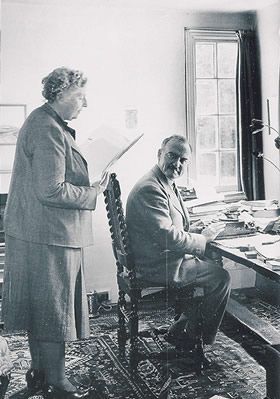
“Surely for everything you love, you have to pay some price.”
–Agatha Christie
Greenway House (opened 2009)
Devon, England
As a rule of thumb, people are not salivating to visit an isolated manor whose hostess’ specialty is poison, where random bodies turn up. While the latter scenario is the case in Agatha Christie’s novels, the author’s retreat, Greenway House, is a pastoral estate to which fans flock.
Coded Diary

“The more spontaneous the pleasure, the more happy the result.” – Beatrix Potter
Hill Top (opened 1946)
Near Sawrey, Lake District, England
For over a century, children have delighted in the adventures of Peter Rabbit, the bunny who dressed in blue coat with brass buttons. To enter the whimsical world of his creator, Beatrix Potter, hop on over to the Lake District’s Hill Top.
Quiet Earth
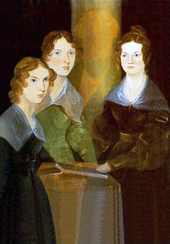
“My home is humble and unattractive to strangers, but to me it contains what I shall find nowhere else in the world-the affection which brothers and. Sisters feel for each other.”
–Charlotte Brontë
Brontë Parsonage Museum (opened 1928)
Yorkshire, England
Historic houses reverberate with secrets, and one is how an isolated parsonage on a windswept moor produced the passion that birthed two immortal love stories. To enter the confessional of the original weird sisters-Emily Jane, Charlotte, and Anne-one can journey to the Brontë Parsonage Museum, a British literary shrine second only to Stratford-on-Avon.
No Regrets
.jpeg)
“Every damn thing you do in this life, you have to pay for.” – Édith Piaf
The Musée Édith Piaf (opened 1977)
Paris, France
The blind poet, John Milton, illustrated insight into the human condition with his statement, “The anguish of the singer makes the sweetness of the strain.” A chanteuse who proved his words was an alchemist whose songs dwelled on the permanence of love, the impermanence of lovers. To step into her world- whose dragon at the gate is a break-the-mold docent- enter the Musée Édith Piaf.
I Did What I Could (1985)
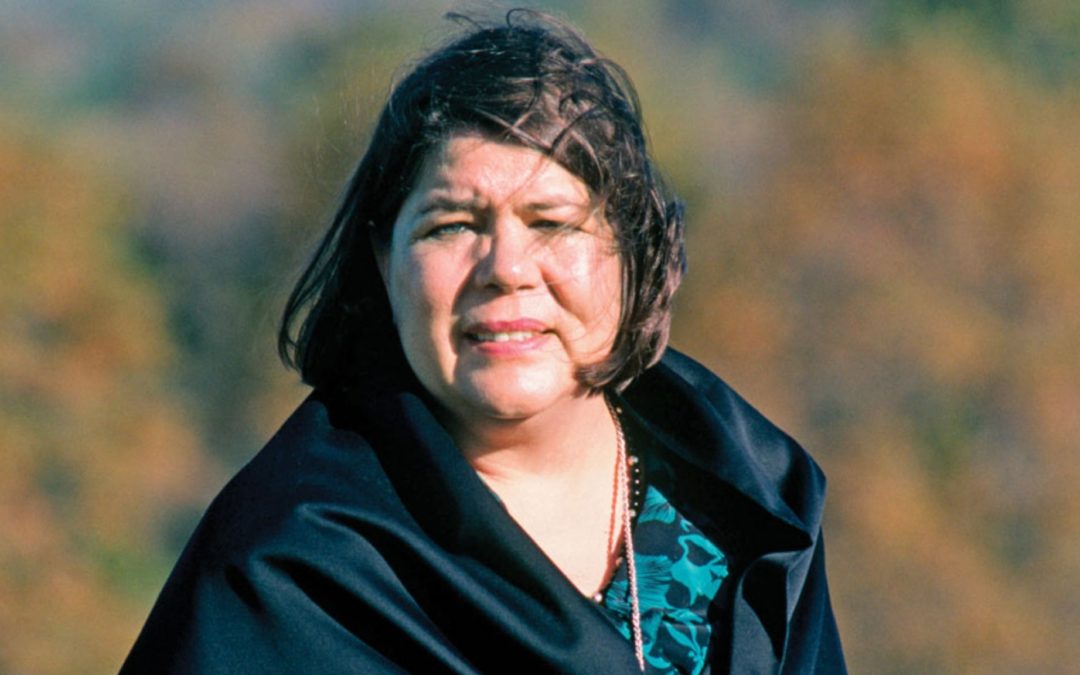
Rainbow (1860)
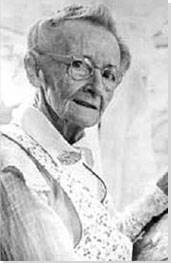
Loved By Others
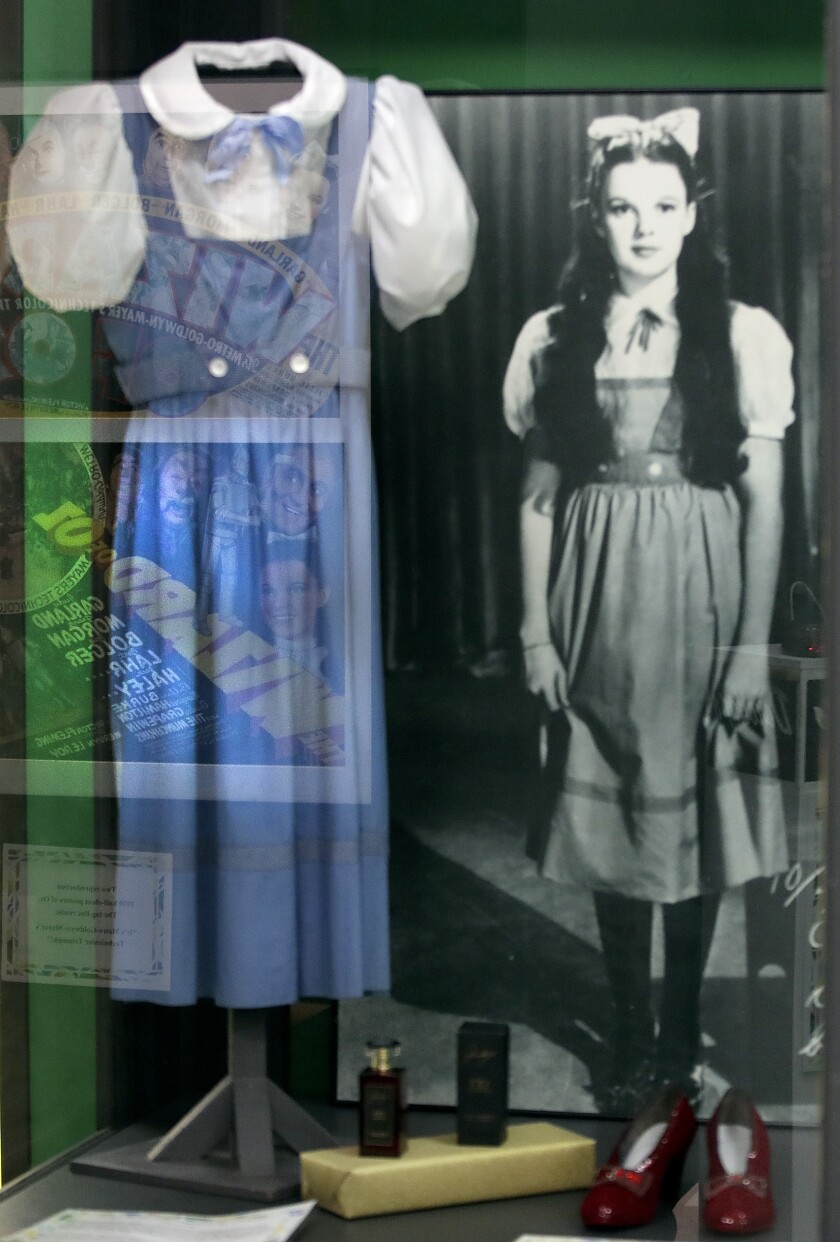
“I believe in the idea of the rainbow. And I’ve spent my entire life trying to get over it.”
Judy Garland Museum (opened 1996)
Grand Rapids, Minnesota
In Frank L. Baum’s novel, The Wonderful Wizard of Oz, Dorothy told the Scarecrow, “There is no place like home.” For Judy Garland, the star of the book’s movie adaptation, home was in the picturesquely named city of Grand Rapids. To pay tribute to the actress and to the childhood classic, one can follow the yellow brick road to the Judy Garland Museum.
Mariposas
.jpeg)
“When injustice becomes law, rebellion becomes duty.” Minerva Mirabal
Casa Museo Hermanas Mirabal (opened 1994)
Tenares, The Dominican Republic
A Hans Christian Anderson story proved prescient in the lives of the Mirabal sisters. In his fairy tale a butterfly stated, “Just living is not enough. One must have sunshine, freedom, and a little flower.” The sibling’s childhood home, the Casa Museo Hermanas Mirabel, resonates their courage.
God's in. His Heaven

“I like imagining better than remembering.” L. M. Montgomery
The Anne of Green Gables Museum (opened 1972 )
Prince Edward Island, Canada
There must be something about a gabled house that sets the literary juices flowing. Nathaniel Hawthorne, inspired by one in Salem, Massachusetts, wrote The House of the Seven Gables, a residence haunted by the injustice of the witch trials. Lucy Maud Montgomery’s cherished residence in Maritime Canada gave birth to Anne of Green Gables, the tale of the triumphs and tribulations of an orphaned girl. For the legions who love the Montgomery series, The Anne of Green Gables Museum makes for an irresistible mecca.
Hell on Wheels (1908)
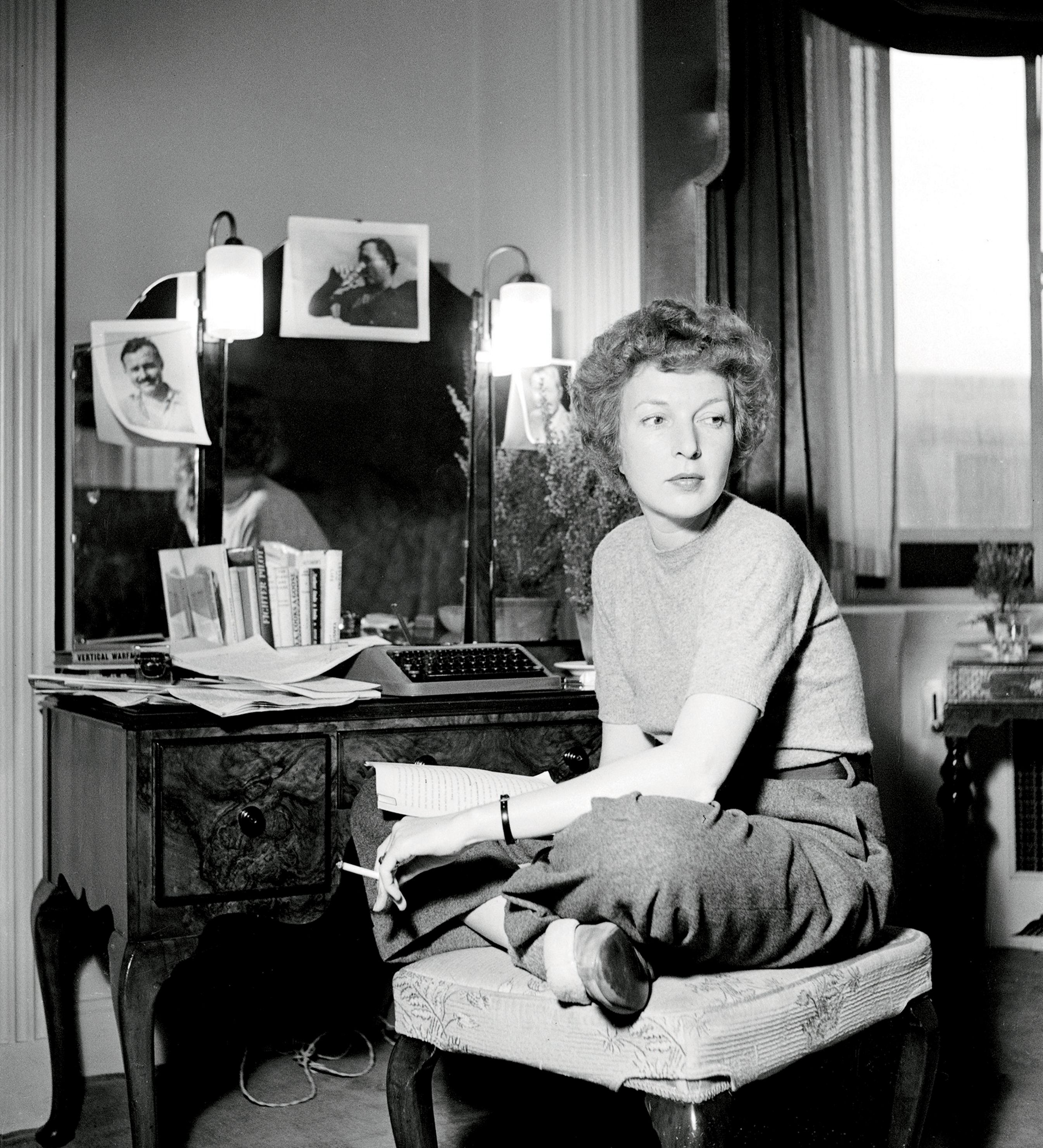
“Travel is compost for the mind.”
A song by the Swedish pop group, ABBA, revolves around lovers; their time together made more poignant by the fight for freedom raging under a star-lit sky set against the roar of canons, the retorts of gunfire. The non-fictional “Fernando” was an eminent American journalist covering a civil war with the woman who shared his bottle and bed.
Do Not Pass Go (1904)
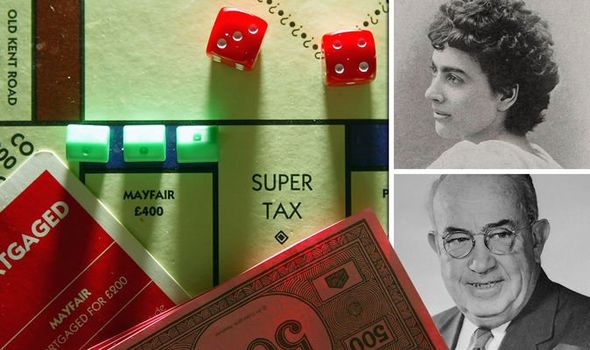
Mary Lincoln House
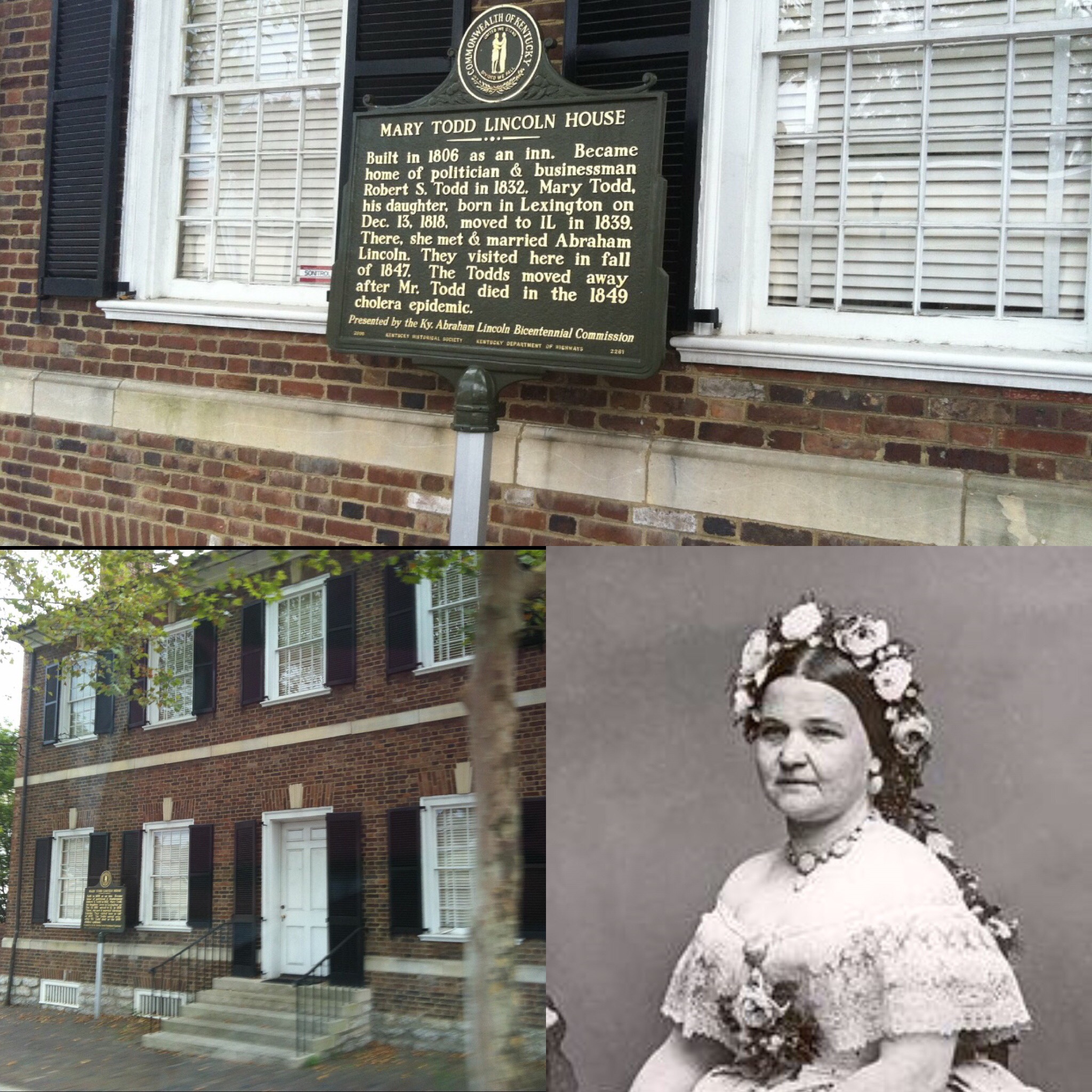
Eternal
“I am bound to the earth with sorrow.” Mary Todd Lincoln after the assassination
Mary Todd Lincoln House (opened 1977)
Lexington, Kentucky
Stephen Foster’s signature song, “My Old Kentucky Home,” expresses a slave’s longing to be reunited with his family in his far away blue grass state. Trapped in the eye of the Civil War storm, Mary Todd Lincoln also pined for her old Kentucky home. To walk the same halls as Mary and President Lincoln, one can tour the Mary Todd Lincoln House.
The Betsy Ross House
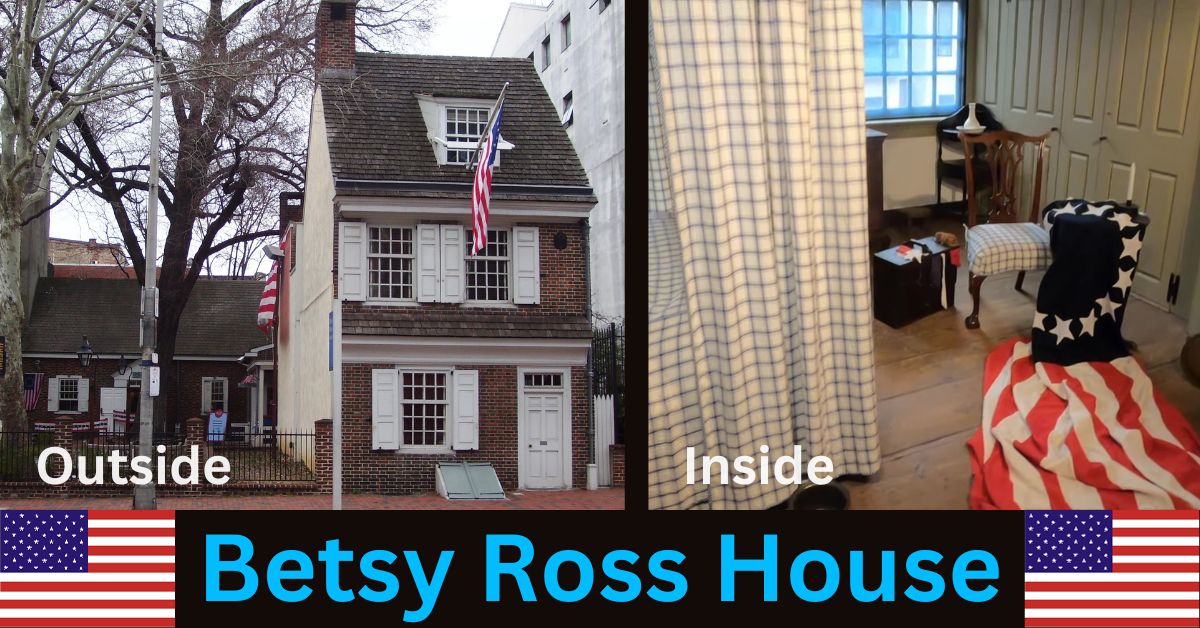
Chapter # 2: Minerva D
The Betsy Ross House (opened 1937 )
Philadelphia, Pennsylvania
“I am not certain if I can. At least I’ll gladly try.” Betsy Ross
Within the stripes of the American flag lies a treasure trove of history, mystery, and controversy. “Old Glory” appears in fifty states and on the moon; thousands have died fighting for or against it. The Marines raised the Stars and Stripes to commemorate the victory in the Pacific; the draft-dodgers burned it in protest of the military in Southeast Asia. As the Twin Towers crumbled, three New York City firefighters rigged a makeshift flagpole and hoisted the symbol of resilience. Millions visit the Betsy Ross Home to pay homage to the universal icon.
“Quand Même” (1844)
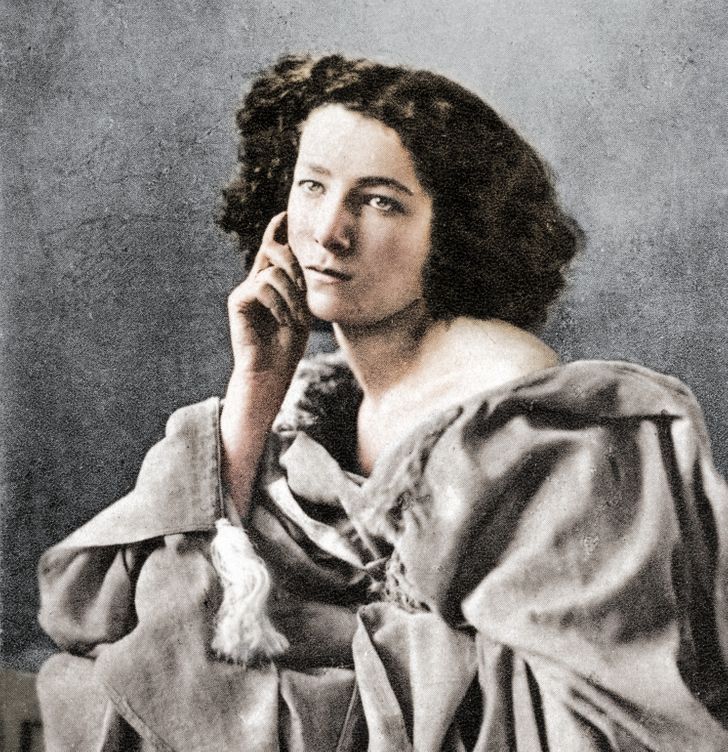
“Slow down? Rest? With all eternity before me?”
Used a letter holder named Sophie made from a human skull? Check. Accessorized with a stuffed bat? Check. Slept in a coffin? Check. And the woman who could answer in the affirmative to these questions was also the possessor of the honorific “Divine.”
Warmed the World (Val- Kil Cottage Museum opened in 1984)
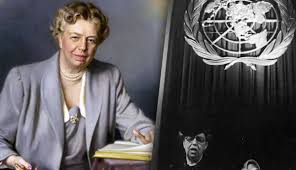
Hike! (1936)
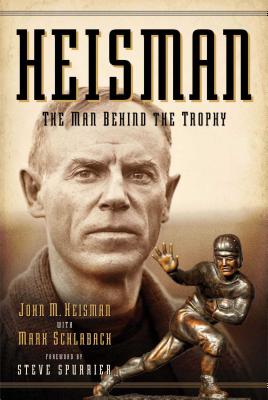
The poet, A. E. Housman wrote, “In the spring a young man’s fancy lightly turns to thoughts of love.” In the world of football, a young man’s fancy turns to thoughts of the Heisman Trophy, the most prestigious in college sports. But what even the most fanatic of fans may not know is the namesake of the award: Coach John Heisman, (nicknamed Doc.)


